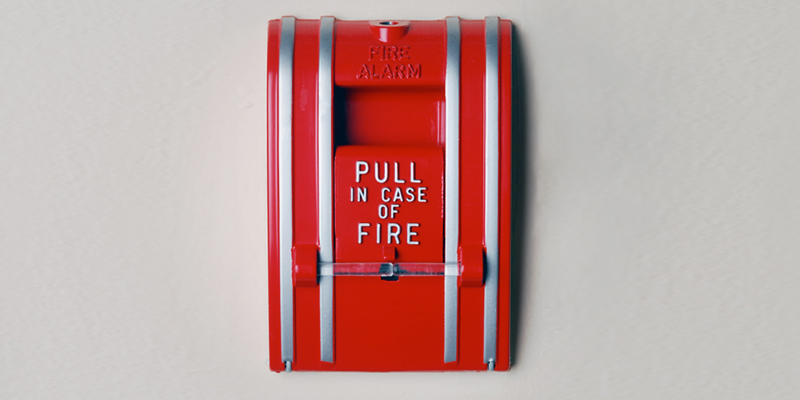Emergency alarms
Posted: Dec 8, 2020 6:15 PM
| Updated: Feb 13, 2024 2:43 PM
4 things to remember when evacuating a building

Don’t take chances. Follow this evacuation procedure and leave the area immediately when you hear an alarm. Review the tips on this page to learn what to do – and what to avoid – when evacuating a building.
1. Treat every alarm as a real emergency
Always follow this evacuation procedure even if you suspect a false alarm. An alarm may sound for many reasons including, a potential bomb threat or hazardous material release. Whatever the cause, treat the alarm seriously.
2. Leave immediately – quickly and safely
Clear the area as soon as you hear the alarm. Lingering in hallways and doorways delays your evacuation and obstructs others.
- Get to the NEAREST emergency exit. Avoid taking detours to central staircases, especially in large buildings like the Centre for Applied Technology.
- Never visit lockers to gather belongings. Only carry essential items you have with you including your wallet, coat, bag and keys. Leave hot drinks behind to avoid injuries and spills.
- Close, but DO NOT lock doors on your way out as this hinders emergency responders.
- Try to muster at your emergency meeting point in 3 minutes or less – but do so safely.
- Never re-enter buildings – even if you see others doing so – before the “all clear” signal from emergency responders, wardens or audio message on the building’s public address system.
3. Evacuate first, then look for updates on NAIT Alert
An alarm may sound before an emergency notification is issued. Leave immediately and don’t wait for “confirmation.” Check NAIT Alert for updates once you’ve reached the emergency meeting point (muster location).
Unless you need help, DO NOT call Protective Services for “confirmation.” Doing so will delay
- your own evacuation
- help for those who need critical assistance from Protective Services
4. Follow directions from emergency wardens
Always follow directions from emergency wardens who are are trained to guide you to safety. Wardens will share information they receive from the emergency operations team and first responders when safe to do so.
How you can be prepared